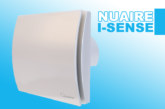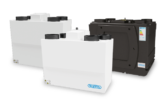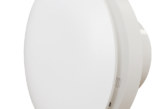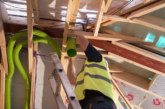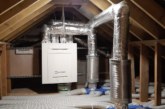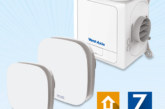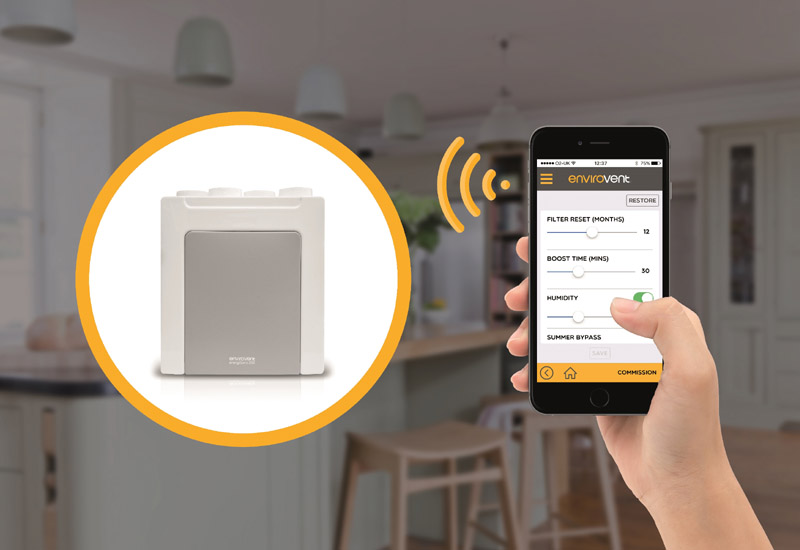
Rory Percival, Technical Manager at EnviroVent, looks at the ways of improving indoor air quality and meeting ventilation requirements in new homes.
Increasingly stringent building regulations based around energy efficiency and air tightness have led to a need to ensure that new homes have appropriate levels of indoor air quality and ventilation, whilst reducing the amount of energy used to heat a property. One solution being adopted by the new build sector is Mechanical Ventilation with Heat Recovery (MVHR). Such systems are as a practical way of meeting what at first appears to be the conflicting requirements of adequate ventilation and high levels of energy efficiency for new homes.
To achieve Part F (Means of Ventilation) requirements, the most favourable options are arguably either MVHR or Positive Input Ventilation (PIV) because they deliver the best returns in SAP.
The requirement for new dwellings to improve performance by an extra seven per cent to meet the 2013 edition of Part L1A (energy efficiency for new building), further reinforced the prominence of PIV systems, which can give savings on the Dwelling Emission Rate (DER). PIV systems work by drawing in fresh, filtered, clean air from outside and gently ventilating the home from a central position usually in the loft, above a landing in a house, or a central hallway in a flat or bungalow. They dilute moisture laden air, displacing it and replacing it to control humidity levels between 45 and 60%
The latest MVHR systems can recover over 90% of the heat that would normally be lost to the outside via trickle vents or extract fans.

Air tight homes
Where housebuilders are looking to build to greater levels of air tightness (of 3m3/h/m2@50Pa or below) Mechanical Ventilation with Heat Recovery (MVHR) is often specified to achieve a larger percentage reduction between the DER and TER (Target Emission Rate). A high performing MVHR system through SAP (Standard Assessment Procedure) may lower the DER.
Housebuilders are recognising that MVHR helps them to cost effectively contribute towards the improvements in CO2 emissions required by Building Regulations. With MVHR, the incoming air is filtered, improving internal air quality and it also negates the need for window trickle vents. MVHR is the best option for properties facing acoustic conditions as there is no requirement to open windows, for example, for homes located near busy roads or airports.
Heat recovery
The latest MVHR systems, like our energiSava range are even more efficient and can recover over 90% of the heat that would normally be lost to the outside via trickle vents or extract fans. This energy is then supplied back into the house as warmed, fresh air, ensuring that developers are able to reduce the overall energy requirement of the building. There are obvious benefits to homeowners looking to reduce their energy bills.
Installing mechanical ventilation systems is the most effective way that the new build sector can meet Part F requirements and improve SAP ratings. The trend towards fitting MVHR systems in new homes therefore looks set to continue as part of improving indoor air quality and achieving compliance.

